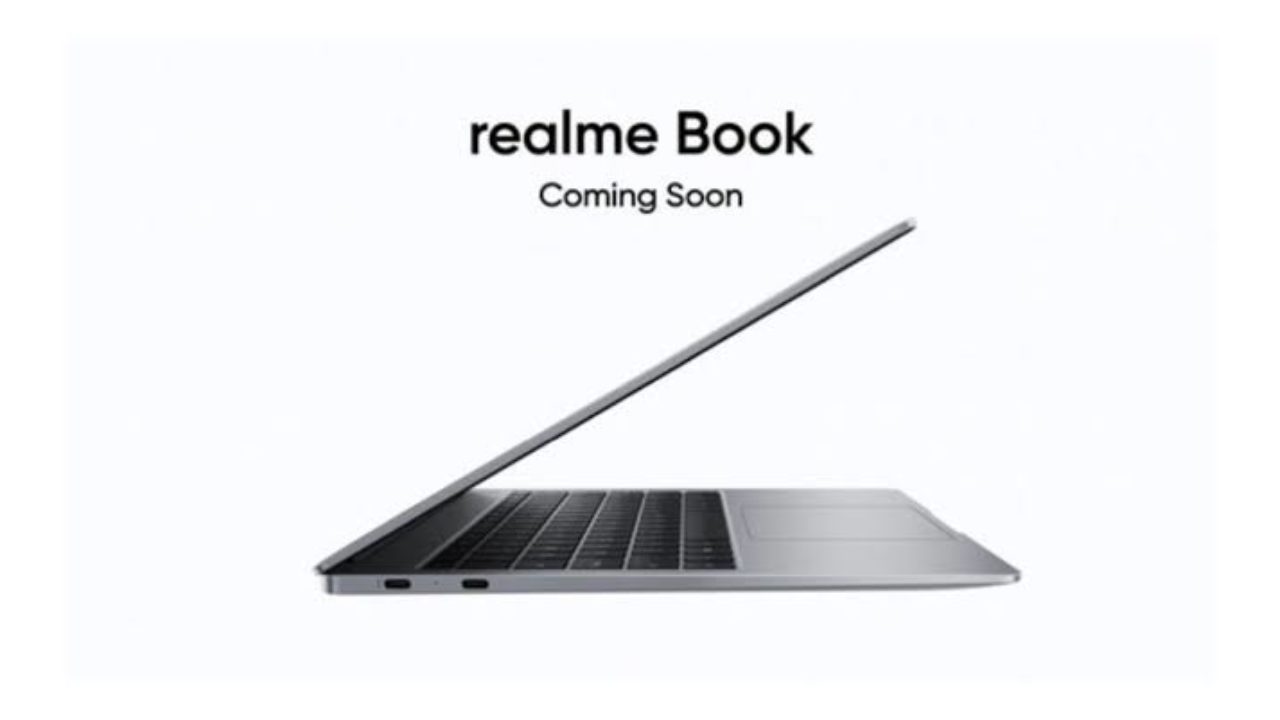


“Our measured and phased approach to the rollout of Windows 11 means we will offer the upgrade via Windows Update when data shows that your device is ready, as our objective is to provide a good upgrade experience. The second option is to purchase a Windows 10 PC that you know is eligible for upgrade, and you can do so either by contacting a retailer or by heading to the Windows website.Īn aspect to keep in mind, however, is that even if your device is eligible for upgrade, there might be some issue due to which Microsoft may temporarily hold onto your upgrade. This can be done by either going to the retailer or by heading to the website. Well, the first option, if you are looking for a new device, is obviously to purchase a device that comes with Windows 11 pre-installed in it. Now, in case your device is not eligible and you still want to get Windows 11, or if you do not currently have a device, then you can go by two ways to get a Windows 11 PC. Redmond is rolling out the update in phases and is aiming to offer the upgrade to all eligible Windows 10 PCs by mid-next year.

And for users whose devices are eligible but who do not see an update on this screen, do not panic. “If your device is eligible and the upgrade is ready, the option to download and install will appear: If you are ready to install Windows 11, simply select Download and install,” Microsoft said. If it is, then go to Windows Update Settings by going to Settings, then to the Update & Security tab and then to Windows Update. So if you already have a device that has Windows 10 in it, then use the PC Health Check app of Microsoft to check whether your device is eligible to get the free upgrade. Windows 11 is being released as a free upgrade for users having Windows 10 in their PCs, but this is only applicable to devices that are eligible for the upgrade. Windows 11: How to get Windows 11 on your PC


 0 kommentar(er)
0 kommentar(er)
